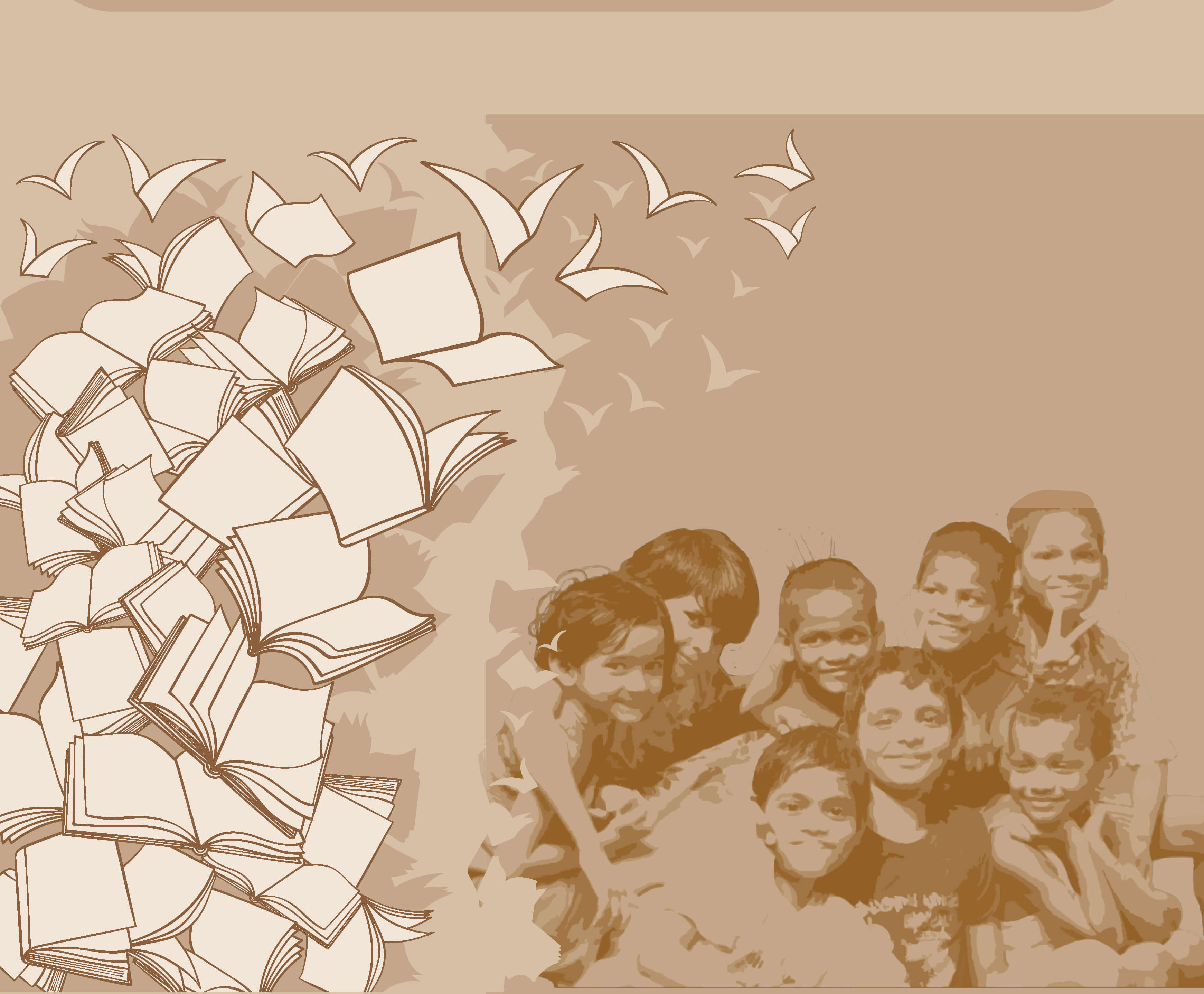Although Muslims account for close to 15% of the total population of the country, the data from recent reports of All India Survey of Higher Education (AISHE 2019) reveals that Muslims account for only 5.2% of all students enrolled for Higher Education. The disparity between proportion of Muslims in the overall population and their proportion among students at higher education levels is large in virtually every State of the Union, the economically prosperous states of Maharashtra and Gujarat show highest disparity. Common observation in most cities also reveals that not only the representation of students is lower in Higher education, the number of Muslims among professionals-Doctors, Architects, Chartered Accountants, to name a few professions, is also much smaller than what their population should indicate. The under-representation of Muslims in higher education appears to be a secular phenomenon with very little progress achieved in the last forty years. Unfortunately,there are not many significant independent studies regarding participation of Muslim in higher education. The Report of the Committee Chaired by Justice Rajinder Sachar (henceforth referred to as Sachar Committee Report) has woven around the issues of equity, identity and security. It records, in passing, the situation regarding education, focusing mainly upon schooling and giving perfunctory attention to higher education. Given the paucity of literature on the subject, a set of exploratory studies were conducted in different locations of the country by our collaborators. These studies have been conducted in Kamrup Rural district of Assam, Pratapgarh District of Uttar Pradesh, Kolkata and Sundarbans in West Bengal,Hyderabad in Telangana, Vadodara and Ahmedabad in Gujarat. The study in Kerala covered several locations,and data for Maharashtra was collected from Pune. These studies offer indicative rather than conclusive data from these locations.
Why are Muslim Youth Under-Represented in Higher Education?

